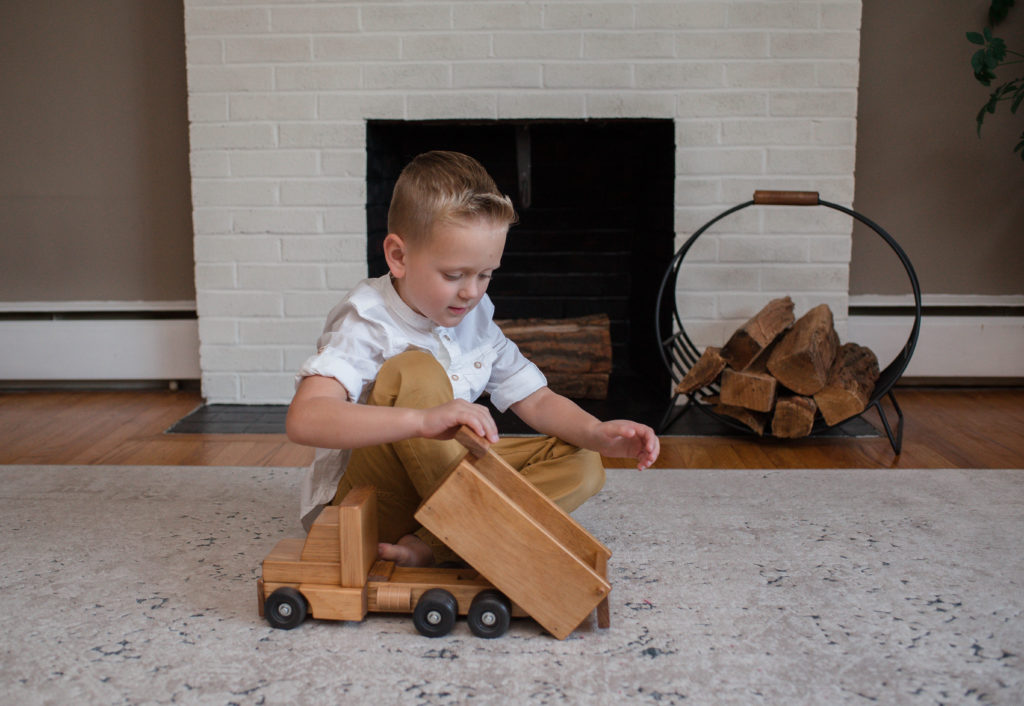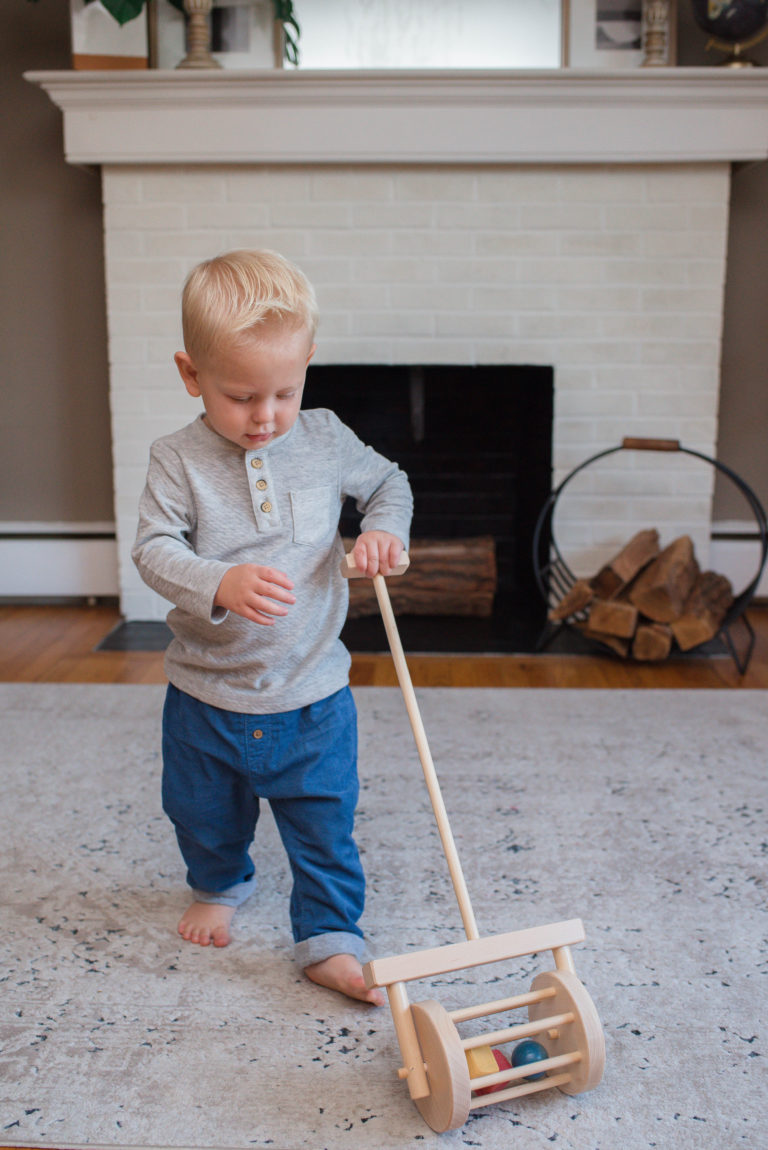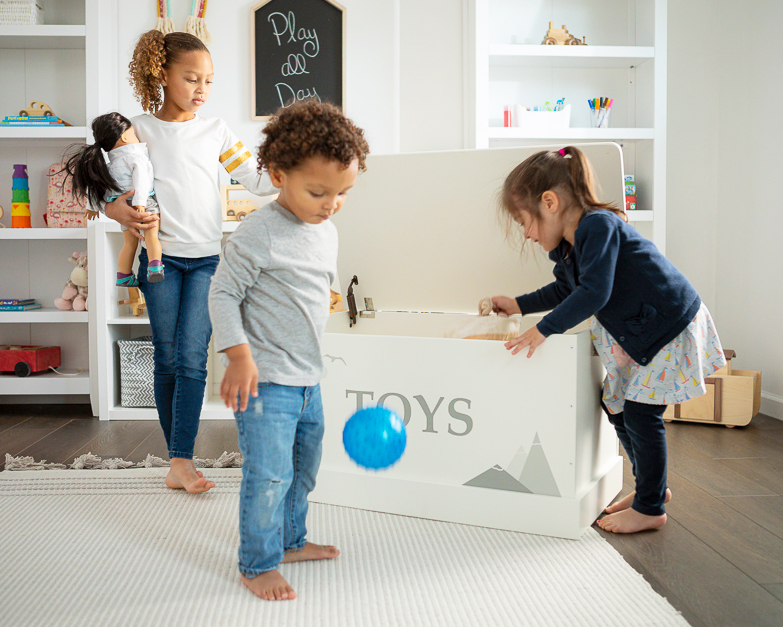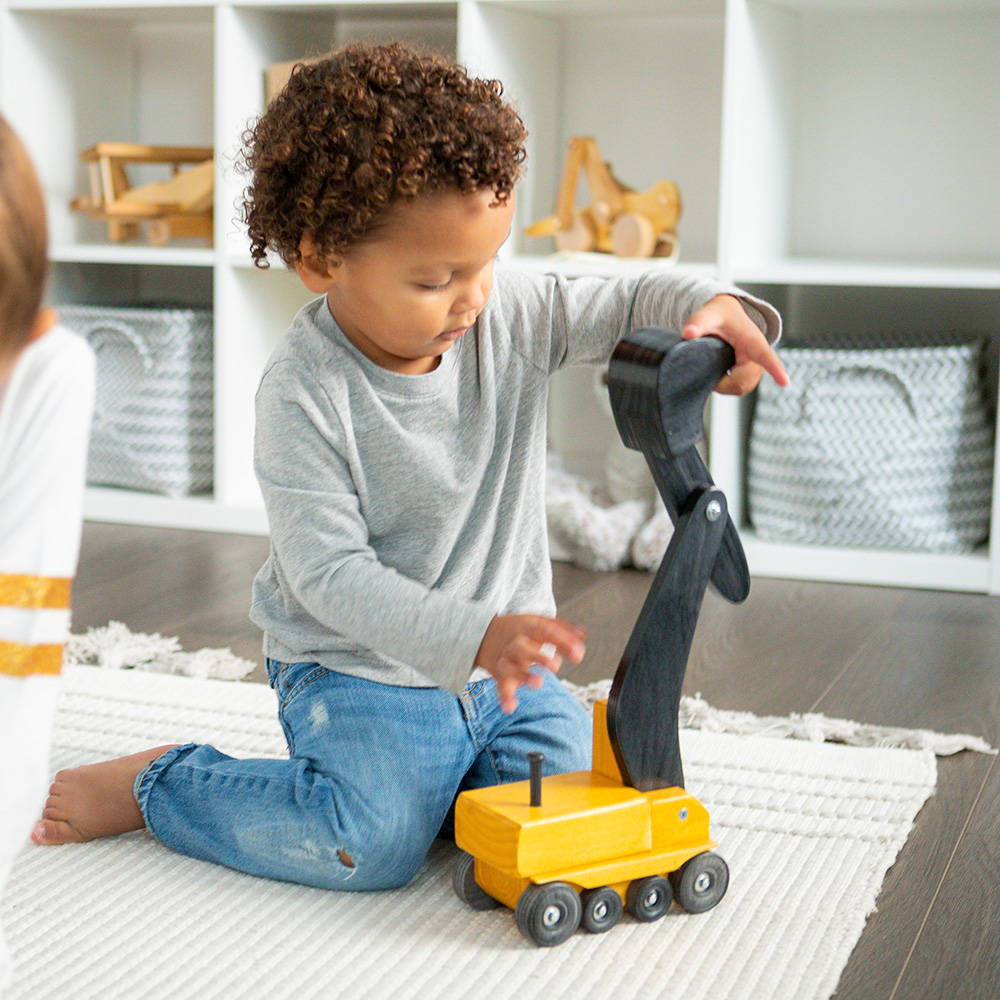
10 Ideas to Encourage Your Family to Play Outside
- Post published:March 21, 2023
10 Ideas to Encourage Your Family to Play Outside
Children are natural explorers. This innate curiosity helps them to learn, discover the world around them, and test new ideas. Creating an environment where our children can grow confidently through meaningful play can sometimes get messy. And as parents, it’s easy to resist those messy moments when thoughts of clean up, chores, and to-do lists come to mind. Our solution? Play outside!
Outdoor play is a special time where discovery, mess-making, and physical activity can flourish. In fact, many studies – and passed-down parent wisdom – show that when children play outside, they improve mental and physical health, enhance learning outcomes, and strengthen problem-solving skills and self-confidence. These benefits extend to all ages – from babies to adults.
How to Make Outside Time a Priority
With so many of our daily routines and family traditions focused on being indoors, getting outside can sometimes be a challenge. Adding outdoor time into our day-to-day activities can make the transition easier. Start by moving a few activities your family does every day outside.
Don’t focus on how engaged your family is with nature or even physical activity. Simply being outside is an important first step in making the transition. Start by taking lunch or story time outside or bring the little ones along for a short walk to check the mail. These moments of outside time will soon spark their natural sense of wonder and they’ll quickly be asking for more time to explore.
As your family begins to play outside more often, establish a safe outdoor play space that allows children to explore independently. Removing unsafe obstacles and creating barriers, if necessary, will make this outside time more enjoyable for everyone. Follow your children’s interests and begin creating invitations to play outside. Try these ideas with your family to encourage more family time outdoors!
10 Fun Ideas to Play Outside
Introduce Outdoor Toys
If your kiddos say they’re bored the moment they step away from their screens, try introducing a few toys dedicated to outdoor play. Reserving these special toys for outdoor-play-only will provide an added incentive to get outside. Riding toys are always a fun favorite for outside play. Our wooden riding horse is a durable option with sturdy wheels that are sure to inspire endless adventures. Round out your collection with outdoor classics like balls, jump ropes, sidewalk chalk, and bubbles.

Tend to the Birds
Being a friend to the birds is an easy activity that is perfect when outdoor space is at a minimum. This fun hobby can be done from nearly anywhere including a small patio or a local park. Try one of these DIY birdfeeder ideas. Hang your creation in an area that can be easily viewed by your family but provides safe coverage for your feathered friends. Check out a book about the birds native to your area and begin tracking those you see. Ask your children what they notice about each type of bird, how the birds move, and how they sound. Older children can keep a bird log to track patterns and further explore their findings.
Take a Child-Led Walk
Although this walk will get you moving, the true intent is all about slowing down. Let your kiddos take the lead as they play and discover along the way. Head to a hiking trail or stroll around your neighborhood. Put older kids in charge of mapping out your route or allow little ones to simply wander. Plan for plenty of time to make stops and explore as you go along. Allow kiddos to jump, climb, crawl, and move in ways that feel comfortable to them. Resist the urge to correct-coarse or redirect your children as you make space for their curiosity to lead the way.
“Don’t just tell your children about the world. Show them.”
Penny Whitehouse

Play in Water
When the weather is warm, water play is always a big hit! Water tables and wading pools are a childhood favorite but add a little creativity and you’ll have endless options to keep your kiddos engaged. These water game ideas can be easily adapted to include the entire family from toddlers to teens. Best of all, you only need a garden hose and a few simple items like sponges, empty water bottles, and water balloons to start playing. Test your skills with an obstacle course or add a wet twist to the classics such as water balloon dodgeball or water musical chairs.
Build a Fort
Is there anything more exciting than your own special place to play? Rally the entire family to take part in building this outdoor hideaway. Your family’s fort can be as simple as a tarp hung over a low tree branch or a more elaborate design crafted from sticks or lumber. Check out these fun fort building ideas to spark your creativity. Remember to include your kiddos in the building process as much as possible – when it’s safe – and provide room and patience to allow them to test their own ideas through trial and error. It might take a little longer to complete your fort construction, but you’ll also be building their confidence in the process.
Try a Sport
Kiddos – and parents – needn’t be skilled athletes to try out a new sport. Focus on fun instead of competition and you’ll all reap the benefits of physical movement and teamwork. Set up a volleyball net and pass a beach ball for a low-impact option. Use duct tape to outline a simple goal box in the grass and practice kicking a ball using soccer-style drills or just grab a ball and start a game of catch. Exploring a variety of sports at home can help children discover their interests and build confidence before they step into organized teams.

Make a Mud Kitchen
Mudpies are a quintessential part of childhood. But before you cringe at the thought of all that clean up, remember, outdoor play is all about widening the rules and getting messy! A simple mud kitchen setup is sure to inspire endless hours of outdoor play. Before you set up your mud kitchen, ensure all surfaces and accessories are safe for water exposure and of course plenty of dirt and mud. Include a few bins or containers that can be used to mix up mud. Add spoons and simple dishes. Consider adding a watering can or bucket that can be filled from the garden hose or used to catch rainwater.
“Children still need a childhood with dirt, mud, puddles, trees, sticks, and tadpoles.”
Brooke Hampton
Grow a Garden
Gardening can have many benefits for families from encouraging healthy eating habits to supporting science and math lessons. Some research even finds that gardening can lower stress and anxiety and have a positive impact on our mood but you don’t need to be an experienced green thumb to get started. Raised beds and container gardens are a simple way to start a family garden. Shop your local garden center for small vegetable and herb plants to bypass the process of sprouting seedlings. Tomatoes, cucumbers, and green beans are all low-maintenance, high-yield options that are great for first-time gardeners. Engage the entire family in the process including the weekly maintenance and harvest. Little ones will love digging in the dirt and watching their garden grow. Plus, there is no sweeter reward than picking a fresh snack straight from the vine and the sense of pride earned by contributing to your family’s needs.
“To forget to dig the earth and send the soil is to forget ourselves.”
Mahatma Gandhi
Build a Small World Farm
Small world play encourages children to explore and act out real-world scenarios through imaginative play using props or toys. Small world playtime is often done inside, but taking this experience outside allows children to incorporate natural materials such as small sticks, grass, and seeds. Set up your small world farm with farm toys such as a tractor and farm animals. Add a toy barn or make a simple DIY silo from a milk carton to encourage messy play. Our wooden excavator toy is an exciting addition that is sure to keep little hands busy in the dirt and our wooden dump truck is perfect for hauling rocks.

Make a Woodland Home
Take a nature walk around your yard or neighborhood collecting leaves, sticks, bark, flowers, and other natural objects. Let your little ones’ imaginations soar as they craft miniature homes and buildings from natural materials. Hold your creations together using glue or mud. Create tiny beds and furniture to complete your dwellings. Dress up your woodland home with a pebble walkway, fresh flowers, or flags crafted from leaves and twigs. Experiment with making natural paints from berries, flowers, and herbs or allow the natural color of your creations to shine. Invite your children to check in on your creations each day to see how they shift and change when exposed to weather and woodland creatures.
